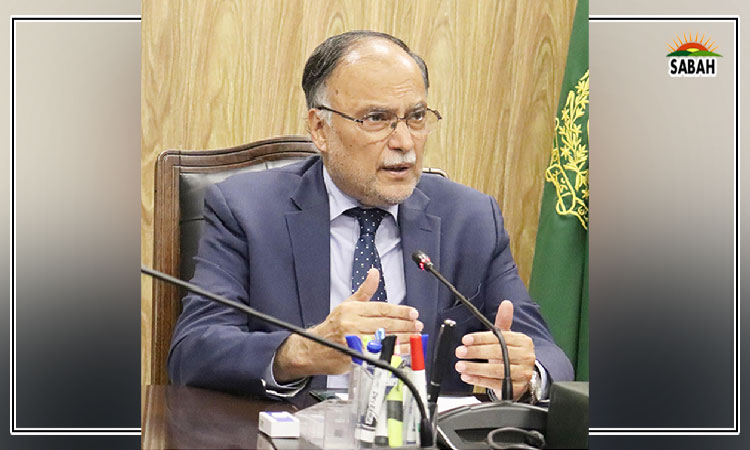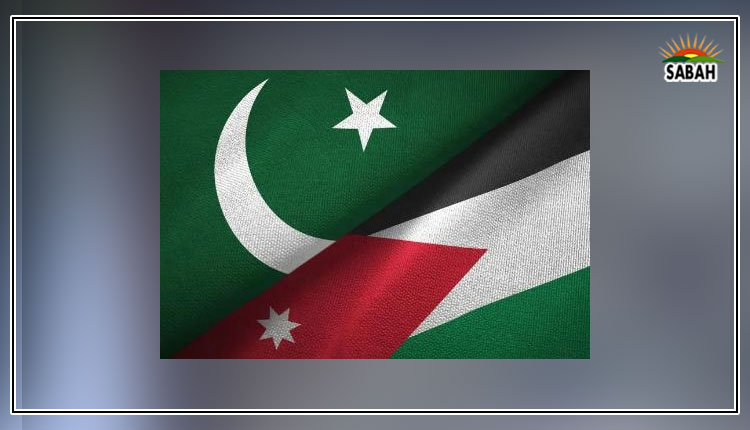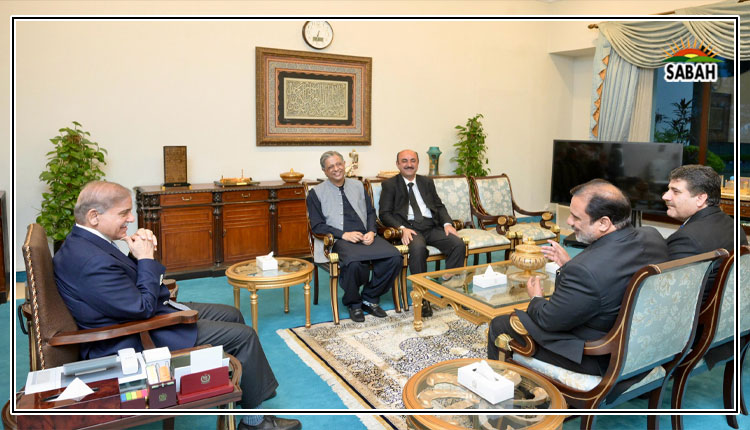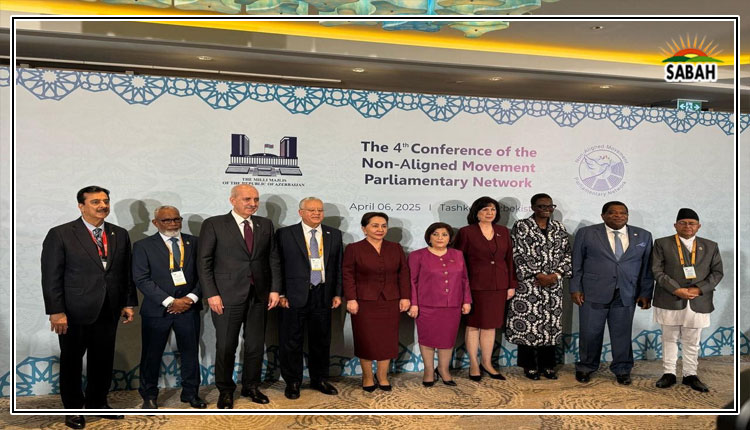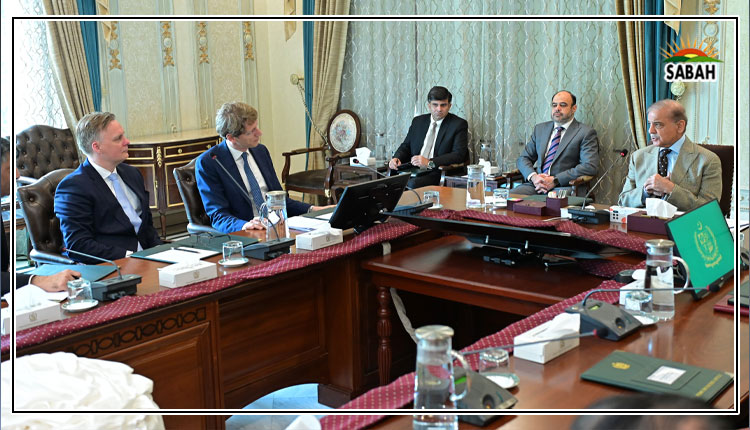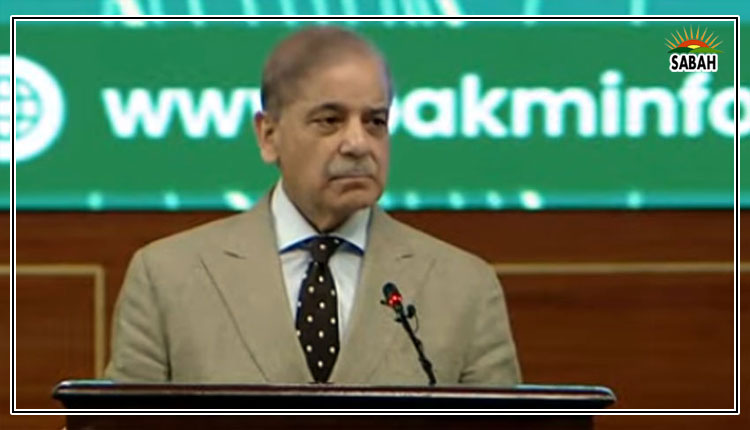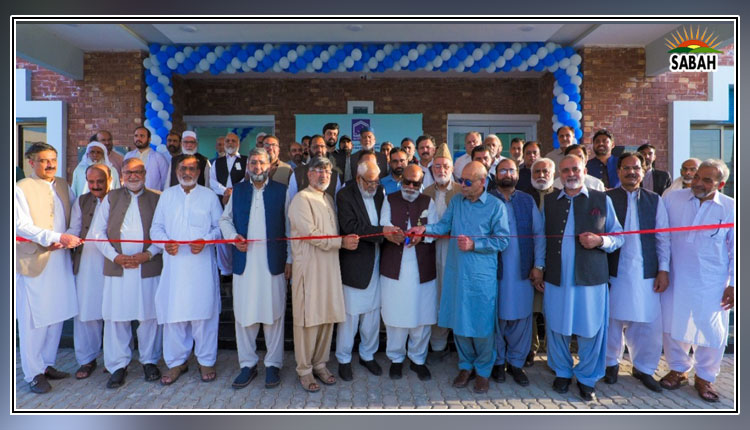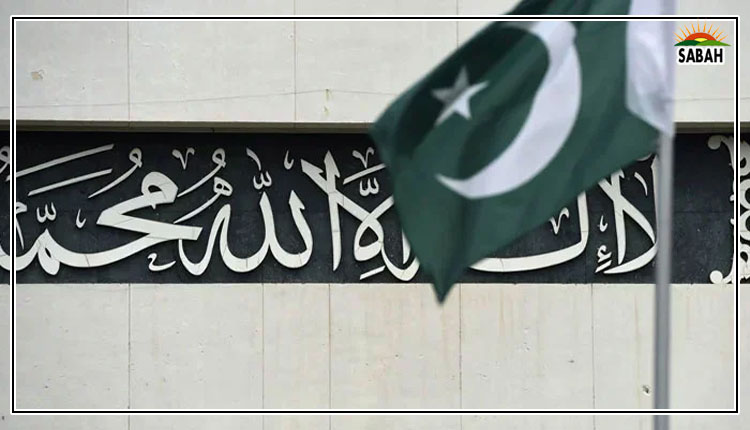Elite colonizers of Pakistan…Hissan Ur Rehman
In Pakistan, a powerful few are pulling the strings of the economy, using their control to advance their own interests rather than benefiting the public. As the nation has till recently been suffocating under the weight of a staggering 20.50 per cent benchmark interest rate, its clear that these economic elites are exploiting the situation for their gain. While this aggressive monetary policy has been implemented to combat inflation, its efficacy is increasingly questionable given the nuanced nature of the inflationary pressures facing the country.
A glimpse of hope arose from JP Morgans projection of a potential 6.0 per cent interest rate cut in FY25. This has suggested significant room for maneuver by the State Bank of Pakistan (SBP). The bank is anticipated to implement at least 500-600 basis points in rate cuts, potentially accelerating the easing process in the 1H FY25, if external conditions permit. However, the efficacy of such tough measures in addressing Pakistans unique inflationary challenges remains a subject of intense debate. The question remains: is this aggressive stance the most effective, or even necessary, path to economic stability?
Inflation in Pakistan predominantly stems from cost-push factors rather than demand-pull dynamics. Historically, inflationary pressures have shifted from being demand-driven to being more influenced by rising production costs and supply chain disruptions. High interest rates are typically employed to counteract demand-pull inflation, which arises from increased consumer spending. However, with current inflation largely driven by cost-push elements, this monetary approach may be misaligned with the root causes of inflation.
Several indicators underscore the cost-push nature of Pakistans inflation. One is rising energy costs. The price of petrol in Pakistan has experienced a dramatic increase, rising from Rs116.60 per liter in January 2020 to over Rs275 per liter by mid-2024. This significant escalation in energy costs has had a profound impact on the economy. The higher prices for energy have amplified production and transportation expenses, which, in turn, have driven up prices across various sectors, including essential food items. As a result, consumers are facing higher costs of living, and industries are experiencing increased operational expenses.
Second is the increased cost of imported goods. The depreciation of the Pakistani rupee has significantly impacted the cost of imported goods. The exchange rate has risen from around Rs155 in January 2020 to over Rs279 by mid-2024. This depreciation has directly inflated the prices of imported goods, including basic staples and essential commodities. As the cost of imports increases, so do the prices for consumers, adding to the overall inflationary pressures in the country.
Third is agricultural input costs. A persistent upward spiral has gripped the cost of agricultural inputs in Pakistan. At the epicentre of this crisis is DAP fertilizer, whose price has surged from Rs4,000 to over Rs11,500 per bag between 2020 and mid-2024. These escalating costs have reverberated through the agricultural ecosystem, inflating the price of agricultural produce. As food constitutes a significant portion of the consumer basket, this upward pressure on food prices has contributed materially to the overall inflationary burden shouldered by Pakistani consumers.
The fourth factor is global commodity prices, which have also contributed to domestic inflation in Pakistan. The FAO Food Price Index rose from 105.4 points in 2020 to 120.4 points by 2024. This increase in global commodity prices has translated into higher domestic costs for imported goods, further fueling inflation. As the cost of commodities rises on the global market, these increased costs are passed on to consumers, exacerbating the inflationary pressures within the country.
The high interest rates have a profound impact on Pakistans fiscal health, especially concerning government borrowing and debt servicing. Over 80 per cent of the countrys borrowing is allocated towards debt servicing, consuming approximately 57 per cent of tax revenue. This situation severely limits the fiscal space available for development and welfare initiatives.
For perspective, Pakistans debt per capita increased from $823 in 2011 to $1,122 in 2023, while GDP per capita declined from $1,295 to $1,223 over the same period. The external debt has nearly doubled, and domestic debt has grown six-fold. Servicing this debt, particularly with high interest rates, constraints economic growth and exacerbates fiscal challenges.
High interest rates elevate the cost of borrowing for businesses, dampening investment and employment opportunities. A reduction in interest rates by just 2.0 per cent could potentially save around Rs60 billion annually on interest payments. This reduction could mitigate the tax burden on the salaried class and stimulate economic activity by making borrowing cheaper for businesses. Enhanced economic activity could, in turn, boost tax revenues through increased business and consumer spending.
Examining regional economies reveals a stark contrast in monetary policies. For example, India has maintained a repo rate of 6.5 per cent despite facing similar inflationary pressures. Other regional counterparts, including China, Bangladesh, and Iran, have managed interest rates to balance economic growth and inflation control more effectively.
The Monetary Policy Committee (MPC) of the State Bank of Pakistan (SBP) is responsible for setting interest rates. Although the IMF may offer recommendations, the final decision rests with the MPC, which comprises a few key individuals. Concerns exist about potential undue influence from commercial banks on the MPCs decisions, necessitating scrutiny to ensure decisions are made with national economic interests in mind.
The high interest rate policy in Pakistan requires a comprehensive reevaluation. Given the cost-push nature of current inflation and the substantial burden of government debt, a more tailored approach is warranted. This is why the interest rate could easily have been brought down by much more now that expected inflation is less than 13.5 per cent in 2025. A mere 1.0 per cent reduction isnt enough, and it is imperative for Pakistans economic policymakers to embrace a realistic approach.
Reducing interest rates could stimulate economic growth, boost investment, and create jobs, while also easing the tax burden on ordinary citizens. Its time for policymakers to consider the broader economic implications and potential benefits of adjusting interest rates for sustainable development. Moreover, the decision-making process within the MPC should be transparent and genuinely focused on national economic interests, rather than being unduly influenced by specific commercial interests. After all, the economy shouldnt be a playground for the elites; it should serve the people.
Courtesy The News


